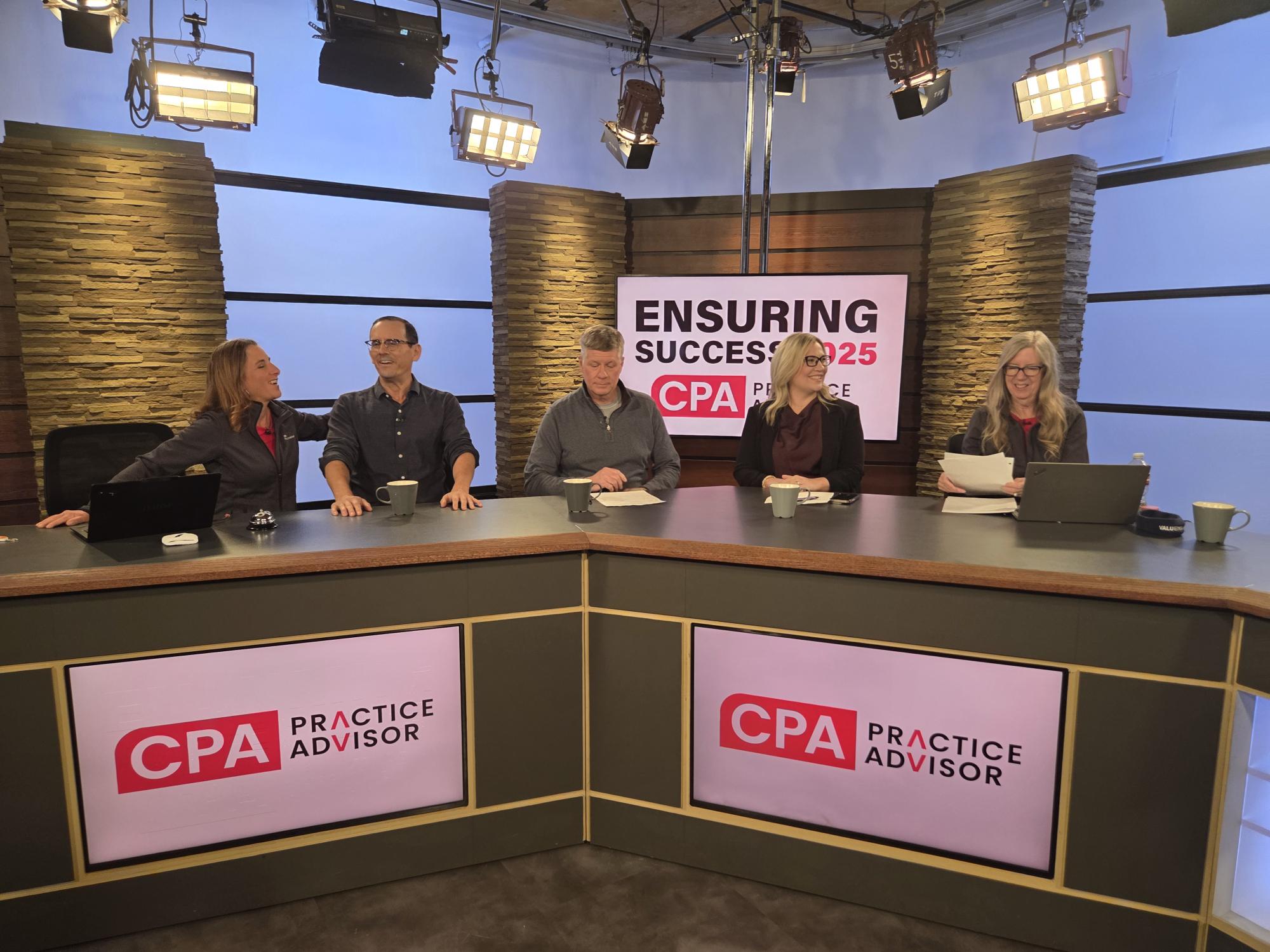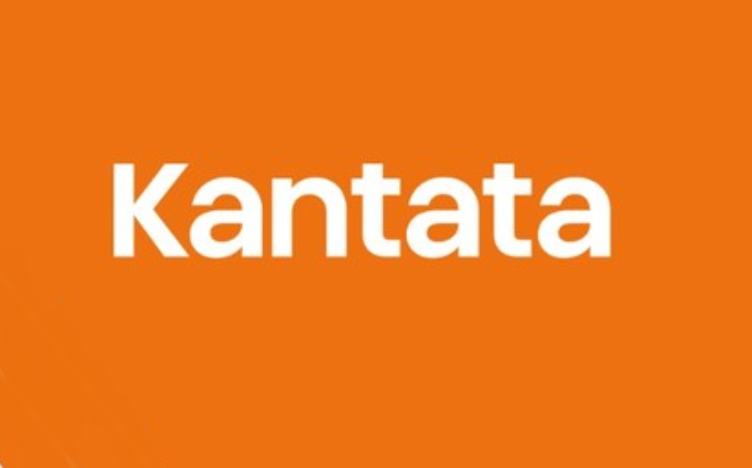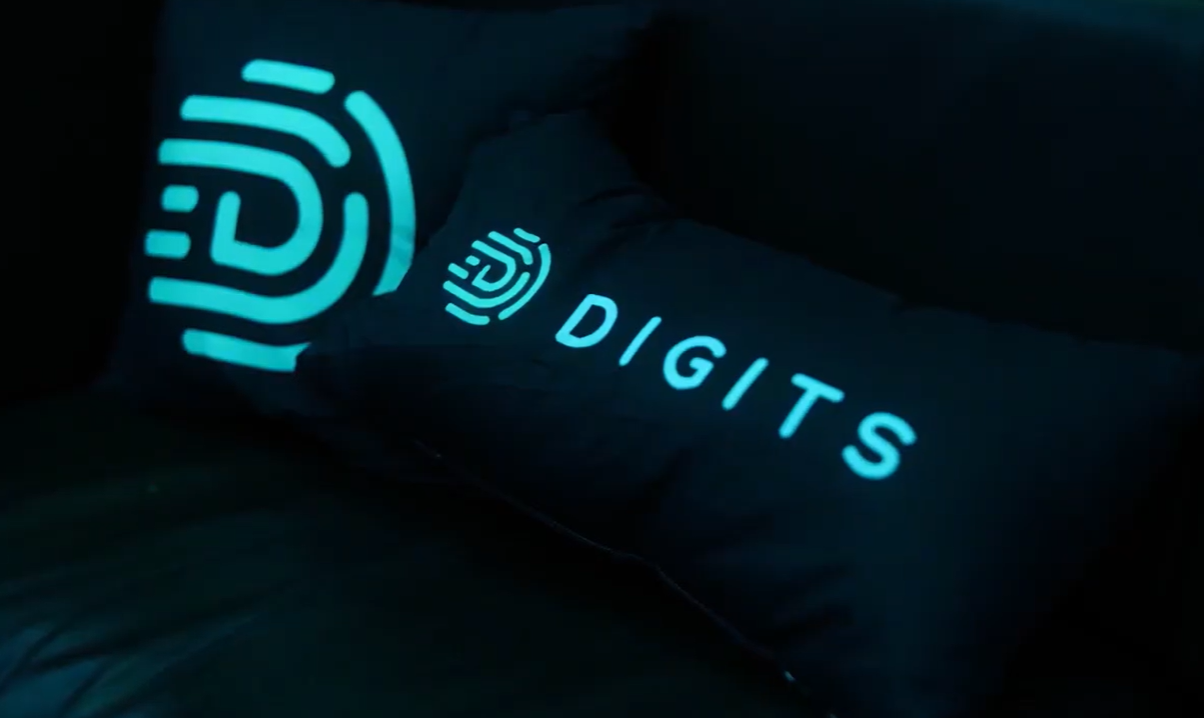From the Oct. 2008 Issue
For even more about these young professionals and to get tips from their more seasoned peers, a special eBook supplement will be available online by October 17, 2008, at www.cpatechadvisor.com/40under40/2008ebook. We apologize for any inconvenience caused by the delay in having this eBook available.
(Click here
to see this year’s ’40 Under 40′.)
I started using computers in 1962. That calculates to 46 years of computing
experience and identifies that I used computers before the “under 40s”
were born, which would include all of the individuals who are featured in this
year’s class of The CPA Technology Advisor’s 40 Under 40.
The years do not make me better or worse; they simply make my experiences different.
I have firsthand knowledge of punch cards and wiring circuit boards, and a time
when mainframes were the only computing choice available. Since my early days,
lots of technology and accessories have dramatically changed what we do and
how we do it: minicomputers, microcomputers, personal computers, handhelds,
cellular phones, smart phones, the Internet, cable TV, wireless networks, Apple,
Microsoft, Google and Starbucks.
With deep respect for the intelligence, capacity and accomplishments for those
under the age of 40, I offer a few thoughts based on the following question:
What would I do today if I were under the
age of 40 and know what I know now?
The Past Is Prologue
The past provides history lessons for what needs to be known today. Study the
collection of data and facts and opinions for what needs to be created for tomorrow.
Repetition of bad things expecting different results does not work. Correcting
the bad with new ideas creates an opportunity for success.
Write To Be Read, Talk To Be Heard
Word processing handles spell checking, formatting, duplicate copies and thousands
of font styles. You need to focus upon the content of the e-mails, reports,
presentations, telephone conversations, etc. Complete and clear is essential
for every receiver. It is not what is written or said, it is what is read and
heard that is important.
Know When To Hold ’em & Know When To Fold ’em
Technology requires frequent assessments that are often confused by the emotional
pull of the new, the sexy and the visually gorgeous. Knowing how and when to
make the decisions to change technology means doing evaluations and analyses
that effectively measure the impact of that change on dollars, resources and
people. Overanalyzing the issues can delay progress, cause missed revenue opportunities
and run the risk of old technology wearing out. The key is to make good decisions
that turn into right results.
Drink Your Own Magic Water
As a competent technology advisor, you tell clients to backup data files, implement
security procedures and handle technology with care. You need to do the same
for all of your own computing. Passwords, security measures and hardware maintenance
are not just for your clients. In this case, leading by example is a very good
idea.
The World Is Wide, Not Narrow
A global economy dictates that both the nearby and the far away contribute to
how you can achieve better results faster. This includes building relationships
across a wide spectrum of personal and business connections. Effective relationships
require nurturing and encouragement. Send greetings even when you do not need
something.
Use Both Sides Of Your Brain
The left side is the analytical; the right side focuses on the creative. You
need to call upon both hemispheres. Being visual and creative helps you to be
a better communicator as a picture is worth a thousand words … or more.
Spreadsheets are terrific tools that require careful detail planning, proven
accuracy and readability. Converting rows and columns into graphical displays
calls upon both sides of your brain.
Learn More
Knowledge is a pursuit, not a destination. You should never say, “I know
enough, I do not need any more new information.” Never stop learning about
how people use technology to support their time and resources. You need to plug
into the fire hose of information that comes rampaging at you. The hardware,
software and accessories in use today were not available 10 years ago.
Determine The Value-Add Before Committing
Never adopt technology for the sake of the technology. Make decisions based
on usability and company business support. Know how to mine for the data nuggets
that you need. Frequently, research can uncover information that, while not
needed today, provides resources for the value questions that will arrive tomorrow.
Stuff Happens
Things do not always go smoothly. Each new task, new software or hardware upgrade
creates a set of new obstacles to be overcome. The errors and mistakes and user
confusion need to be met with professionalism and emotional equilibrium. Everything
is a process.
Do Something
With technology surrounding lives in a 24/7 full body wrap, it is hard to avoid
the next e-mail, text message, product placement or digital signage. In between
all of the marketplace noise and firm activity, make sure that things get done.
(Click here
to see this year’s ’40 Under 40′.)
——————————
Mr. Oppenheim has used and written about technology for more than four decades.
He currently provides business and personal coaching and writing assistance
through the Oppenheim Group. Comments, suggestions and ideas are always appreciated
and useful. He can be contacted at richopp@oppenheimgroup.com.
Thanks for reading CPA Practice Advisor!
Subscribe Already registered? Log In
Need more information? Read the FAQs



